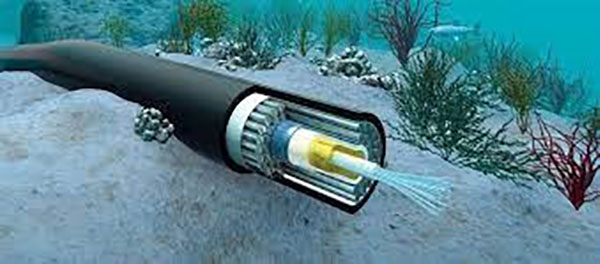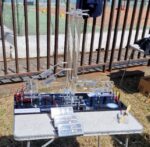How network information travels under the sea rather than in the clouds. The problems of managing ICT infrastructures and the related responsibility for pollution of the seabed.
Other than cloud! In an increasingly wireless and mobile world, the heart of telecommunications (Internet, but not only), is not in the clouds, rather it is still entrusted to the wires, or rather, to the cables that connect one continent to another across the oceans and they allow billions of people to work, play, talk, exchange documents and likes. However, the ICT infrastructure system poses delicate problems in terms of the legal configuration of the space of use, the economic management of the resources used, the geographical location of the assets and, finally, the responsibility for environmental pollution of the underwater seabed.
Through our round table we will highlight these issues and try to understand which solutions can be prepared in the future.













